In 2015, 38 percent of the owner-occupied houses were built before 1970 — which means, these houses are almost 50 years old! Even if they don’t qualify for the name of “old houses” (generally reserved for homes built before 1920), you’re still buying a construction made with different standards than the ones that developers follow today.
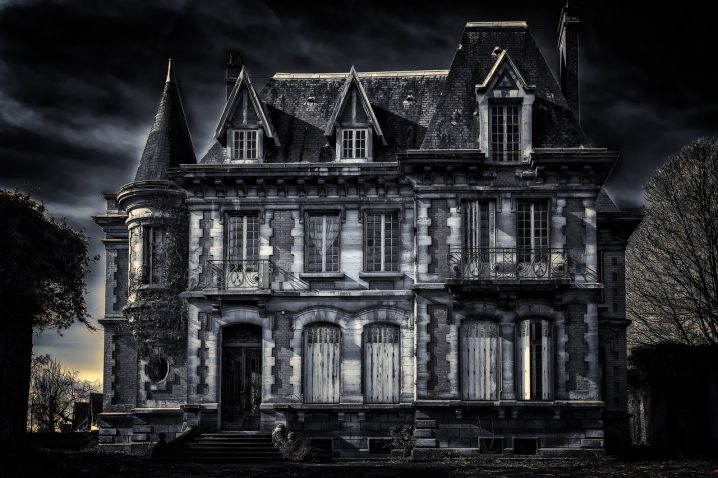
As regulations have changed several times since 1970, you should check twice all the aspects of the property before buying an old house. A second inspection, for example, can save you a lot of money in the long run.
Everybody makes mistakes, and even the best house inspectors can miss important details. Getting a second opinion can help you make a more educated buying decision. Plus, you get a more clear image of the restructuring costs.
If you’re visiting houses these days, make sure you check these common issues that can cause you trouble when living in an old house.
Mold
Mold is a common problem in an older home, due to cracks, leaks, and excessive moisture. Small spots of mold are almost routine in most homes, but the problem can quickly spread to covering large surfaces.
The most common places to look for mold are the basement and the bathroom. However, some homes hide mold in the walls, where is impossible to see it. In time, the infestation can cause structural problems because the mold eats the surfaces that host it.
Furthermore, mold can have health effects, especially on children. It can cause a cough, wheeze, asthma symptoms, among other breathing problems. In extreme cases, a house infested by mold can become unlivable.
The best treatment for mold is prevention. You need to keep moisture levels low inside the house, with dehumidifiers and proper ventilation. Plus, you can clean small spots of the mold using mold killers or homemade cleaning solutions of bleach and water.
To clean large areas, you may need professional help. Removing mold can cost anywhere between $500 and $6,000, depending on how large the infested surfaces are.
Roof Leaks
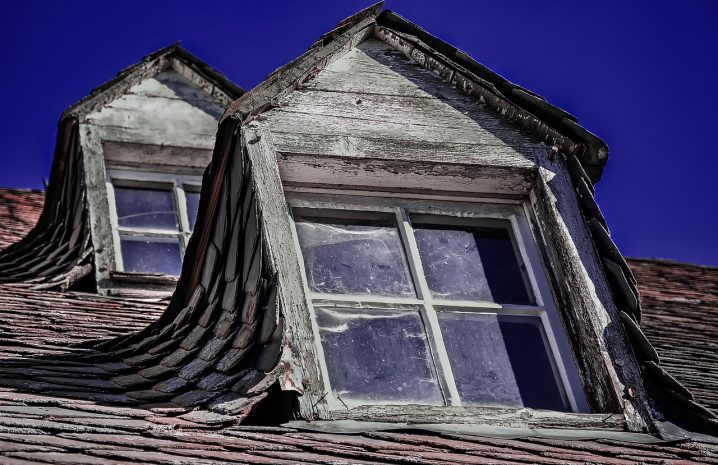
A good roof is vital when you’re looking to keep your home in excellent condition. Generally, roofs have a lifespan of 20 to 50 years, depending on the materials they’re made of and the quality of the installation.
However, roofs need maintenance on a regular basis to resits for a long time. Just because the previous owner changed it five years ago, there’s no guarantee there are no leaks due to missing or damaged shingles.
When you’re buying a house, you should take a closer look at the roof. Check the attic for spots or mold that could suggest water penetration and possible leaks. Then, look on the outside for any curled or buckled shingles — they can cause water damage.
Changing the roof can cost anywhere between $335 and $1,225, depending on the damage. If you have to change it, you could pay as much as $9,000 or more. It’s not an expense that you can ignore when buying a house.
Bat Infestation
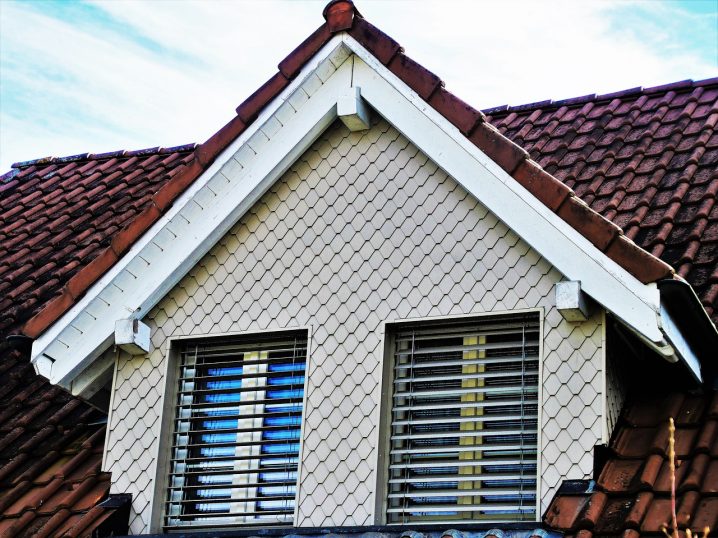
Everyone is looking for rodent and termite damage when buying an old house, and tend to ignore the implications of having bats in the attic. The higher the colony, the higher the costs to move them from your home.
Many species of bats are on the list of endangered species, so you can’t just get rid of them as you like. Poisoning them is illegal in most states, so you need to find gentle alternatives. However, you should note that you can’t remove them during summer time and you need to wait until autumn to relocate them.
In most cases, you need to get a professional team to teach you how to get rid of bats in the attic and keep them away from your house for good.
The most dangerous part of having bats in the attic comes from their poop (guano), which can be toxic when moved. Furthermore, they shed. The mix of mold in the guano and hair can also cause breathing problems, among other health issues.
Plumbing Problems
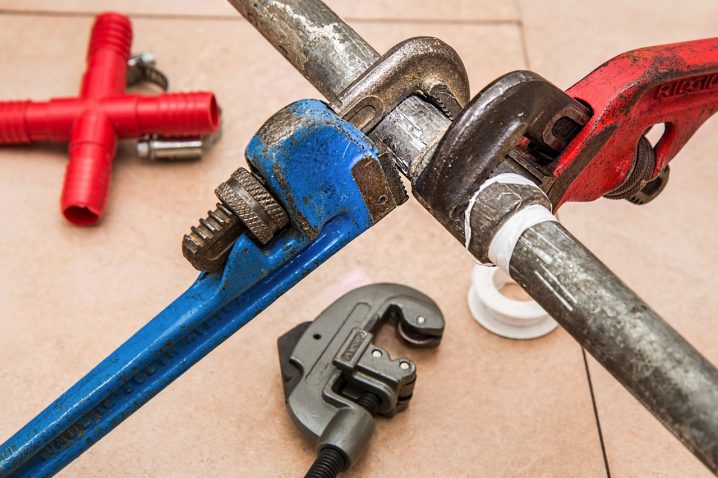
Pipes have a lifespan between 20 and 70+ years, depending on the materials they’re made of. So, the older the house, the higher the chances you’ll have to invest in maintaining and replacing pipes.
When an old plumbing system fails, you can get anything, from some small leaks to significant water damage that can ruin your walls or floors. Make sure you ask what materials were used for building the plumbing system and how often the owner has done maintenance in the past.
Changing all the pipes can cost a few thousand dollars, depending on the types of materials you’re using, how large the house is and how many bathrooms you have. So, looking for a home with a new plumbing system can help you save money in the long run.
Old Electrical System
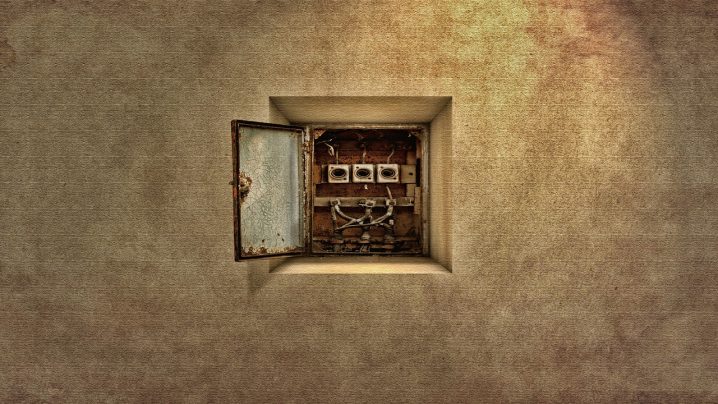
Electrical systems tend to deteriorate with age, especially if the house has moisture problems. Even more, rodent or mold infestation can also influence the lifespan of electrical wires.
Ask for a full inspection of the electrical system before buying a house built before 2000, to make sure you’re bringing your family to live in it. The old “knob and tube” wiring system can be dangerous, especially if the previous owners have enriched it with DIY projects.
If the house you want to buy has an old electrical system, discuss the costs of fixing it with a professional electrician. It can save you a lot of headaches in the future. Note that a new electrical system is an essential element for insurance companies — a too old system can keep you from getting affordable insurance.
Living in an older house can have its advantages — these houses generally have large yards, nice front porches, and old trees in the nearby. But the charm that comes with living in a 40-year old home comes with a price.
The costs of maintaining a house that needs pipes and electrical system replaced can be high. Make sure you have your home well checked by inspectors before making your decision. This way, you know how much you’ll have to spend to bring the old property to modern standards and make it a safe place for you and your family.
The best way to care for these problems in the long term as you continue to live in your home is having insurance to protect your protect your appliances and home systems that get worn down over time. Over time, what the insurance will do is protect you from all these other repairs you’ll probably have to make in your home and save you from spending extraneous amounts of money.



